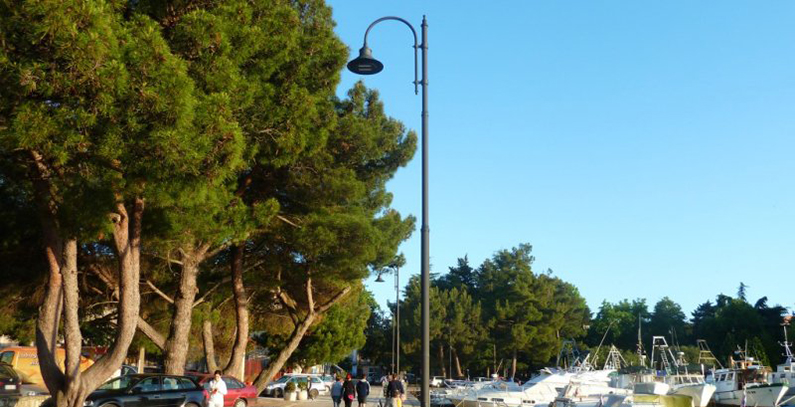
Photo: Javna Raszvetljava
- Project: Upgrading street lighting in Novigrad – Cittanova
- Country: Croatia
- Contract type: Public-private partnership, ESCO
- Contract duration: 8 year
- Technical assistance and finance: European Bank for Reconstruction and Development (EBRD) – EU-funded Regional Energy Efficiency Programme (REEP)
- Co-finance: Croatian Environmental Protection and Energy Efficiency Fund
- Implementation: GGE and Javna Raszvetljava, Slovenia
- Implementation period: 2015-2016
Context
The municipality of Novigrad – Cittanova is located on the north-western coast of the peninsula of Istria. Its main economic activities are tourism and hotels, textiles, transport, construction, agriculture and fisheries.
The city and its surrounding villages has 1,684 street lights, most of which were installed in the second half of the 20th century. The rather antiquated street lighting system meant high energy and maintenance costs.
In 2006, the system was partly upgraded with sodium technology.
Public-private partnership
In 2015, the municipality decided to modernize the system, opting for an ESCO model via public tender. The municipal authorities used technical assistance from the EBRD to provide support for the tender process, as part of an EU-funded Regional Energy Efficiency Programme (REEP).
A consortium comprising GGE and Javna Raszvetljava won the tender, offering Dizano LED lamp technology. Both Slovenian companies have a background in ESCO projects: GGE is specialized in the implementation of street lighting and Javna Raszvetljava in maintenance.
The city council signed a 98-month Energy Performance Contract with the consortium in January 2016.
The project was co-financed by the Environmental Protection and Energy Efficiency Fund in the form of a capex grant of EUR 147,368, accounting for 36 per cent of the total capital expenditure.
Technical requirements
The project involved replacing 954 older technology lamps with more efficient LED fixtures. More specifically, 859 sodium lamps and 95 halogen lamps were replaced with 667 LED lamps with a maximum installed power of 39W, 120 LED lamps with a maximum installed power of 78W and 167 LED lamps with a maximum installed power of 110W.
The modernization included the replacement of each light fixture. Supporting columns, cables and cabinets were not part of the works. The old fixtures covered 16 metering points, of which seven were located in the heart of the old town, four in adjacent areas and another five elsewhere, including in tourist resorts.
Specific requirements
The project was specially designed to meet all the standards determined by the decree limiting light pollution of the environment.
Special attention was also paid to the architectural specifics of Novigrad and consequently a retro design was chosen for the luminaries lighting the old part of the town.
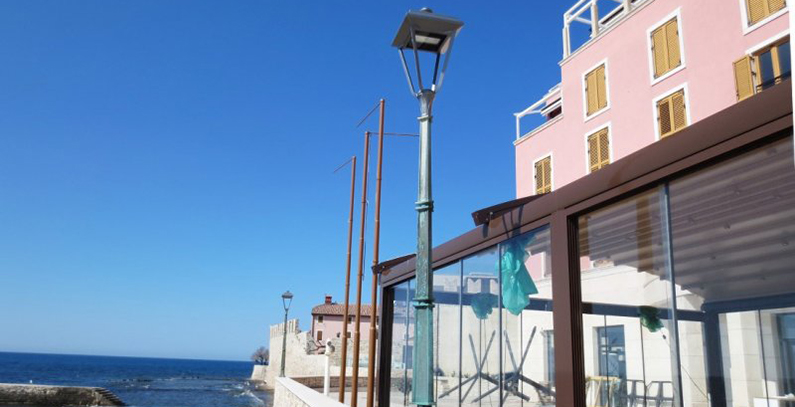
Energy savings and other benefits
New fixtures will result in total energy savings of 297,262 kWh per year (or 57 per cent of the energy that the city consumes each year for street lighting). Based on street lighting tariffs of 0.11 EUR/kWh, the total energy and maintenance cost savings of the project were calculated at above EUR 50,000 per year.
With a capital expenditure of EUR 411,272, the payback period is 7.8 years.
Annual CO2 emissions reductions are estimated at 112 tons.
Aside from the improved environmental footprint and the energy savings, the new lighting system has significantly improved the level of visibility, which has had a positive impact on road safety on the pedestrian zones.
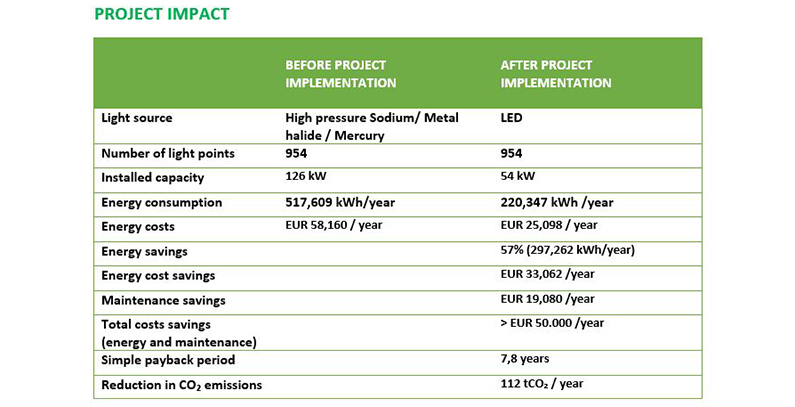






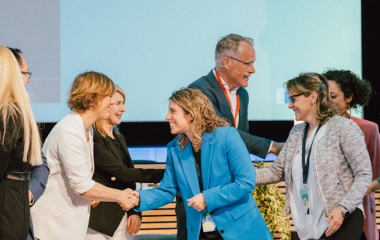

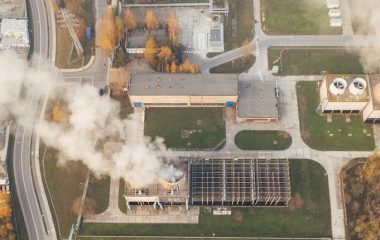
Be the first one to comment on this article.